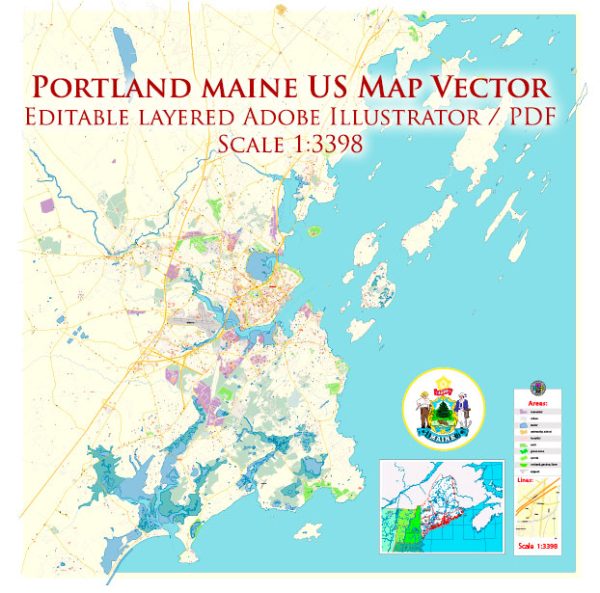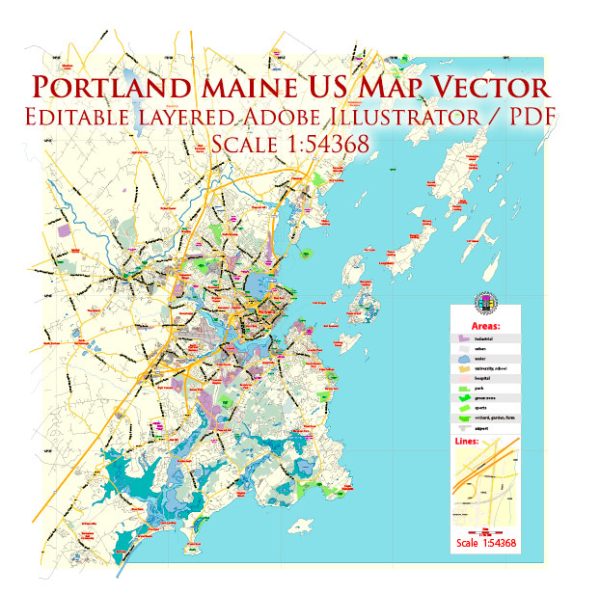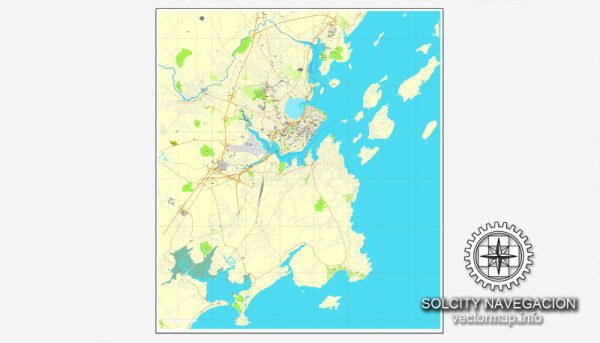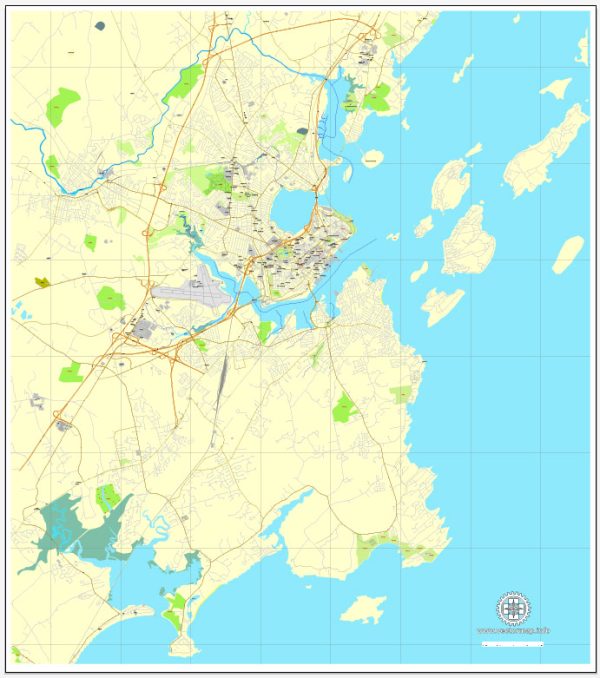Portland, Maine, has a rich history of urban development that reflects the broader trends and challenges faced by many American cities. Here’s an overview of key aspects of Portland’s urban development history:
- Colonial Era (1600s-1700s): Portland was originally inhabited by Native American tribes, including the Abenaki people. European settlers arrived in the early 1600s, and the area became a center for fishing, trade, and shipbuilding. The settlement, initially known as Machigonne, later became Casco and eventually Portland in 1786.
- 19th Century Maritime Prosperity (1800s): Portland’s strategic location along the coast made it a thriving maritime hub. The city’s economy boomed with shipbuilding, shipping, and trade. The Portland Harbor was a vital port for the transportation of goods and immigrants. This prosperity led to the construction of many grand Victorian-era buildings and homes.
- Great Fire of 1866: A devastating fire swept through the city in 1866, destroying much of the commercial district. This event prompted a significant reconstruction effort, resulting in the adoption of modern fire codes and the construction of new, fire-resistant buildings.
- Immigration and Industrialization (Late 19th Century): The late 19th century saw an influx of immigrants, particularly from Ireland and Italy, contributing to the city’s cultural diversity. Industrialization also played a role, with factories and mills emerging along the waterfront.
- Urban Renewal (Mid-20th Century): Like many American cities, Portland experienced urban renewal efforts in the mid-20th century. These initiatives aimed to revitalize downtown areas but often led to the demolition of historic buildings and the displacement of communities. In Portland, the West End neighborhood was particularly affected by these changes.
- Historic Preservation (Late 20th Century): Recognizing the importance of its historic architecture and character, Portland began to emphasize historic preservation in the late 20th century. Efforts were made to protect and restore the city’s historic buildings, contributing to the charm that attracts residents and visitors today.
- Economic Transformation (Late 20th Century to Present): In recent decades, Portland has experienced an economic transformation, with a shift from a primarily industrial economy to one focused on services, tourism, and the arts. The Old Port District, once a declining warehouse area, has been revitalized into a vibrant commercial and entertainment district.
- Population Growth and Cultural Scene: Portland has seen population growth, driven in part by its reputation as a desirable place to live. The city’s cultural scene, including its food and arts communities, has flourished, contributing to its appeal as a destination.
Portland’s urban development history is marked by resilience, adaptation, and a commitment to preserving its unique heritage while evolving to meet the needs of a changing society.






 Author: Kirill Shrayber, Ph.D.
Author: Kirill Shrayber, Ph.D.